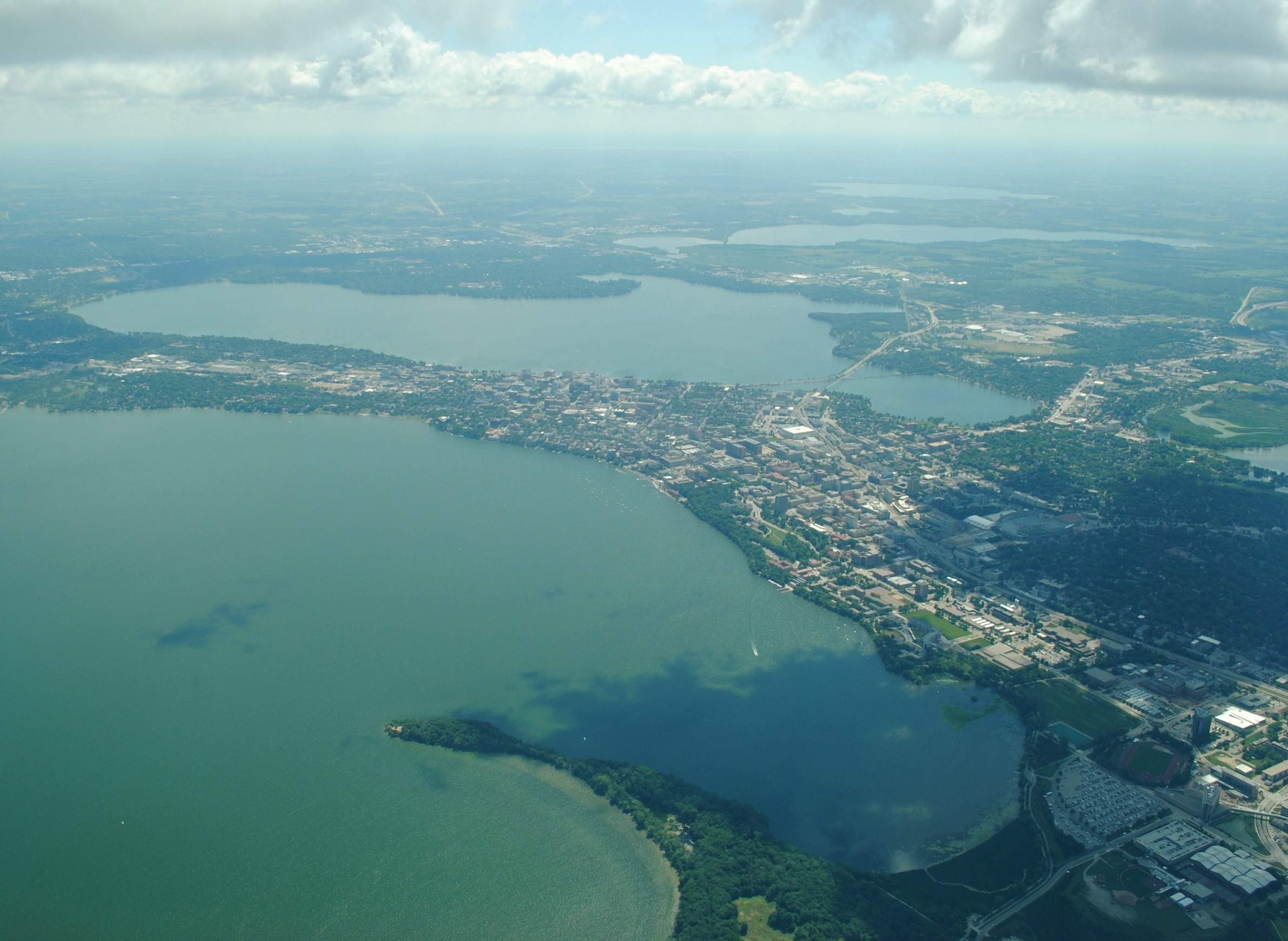
Watershed Sustainability and Climate Project, University of Wisconsin-Madison
Series: The Yahara Watershed
The Yahara River is relatively short in length and small in volume, but it plays an outsized role in Wisconsin given its location and status as the subject of detailed scientific research. A tributary of the Rock River, which in turn flows into the Mississippi, the Yahara is defined by the chain of lakes that are home to Madison and its suburbs, which are growing rapidly. Dominated for many decades by agriculture, the watershed drained by the river is increasingly becoming urbanized as its population increases. The region's water faces challenges in terms of quality and quantity that development and climate change are intensifying over the long term. University of Wisconsin scientists have long studied the lakes and how the surrounding landscape affects their condition, establishing the watershed and Madison area as a model for better understanding interactions between cities and the natural world around them.